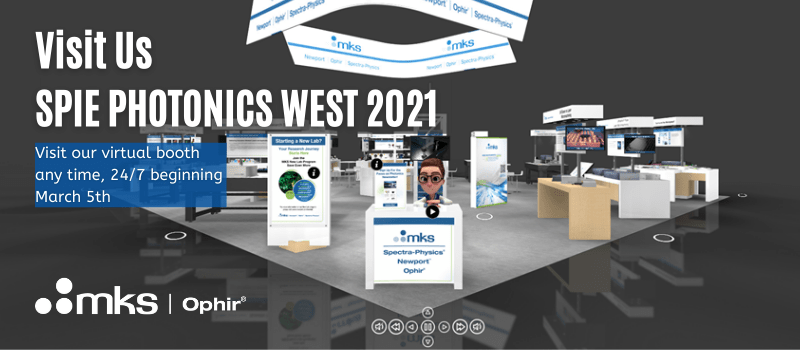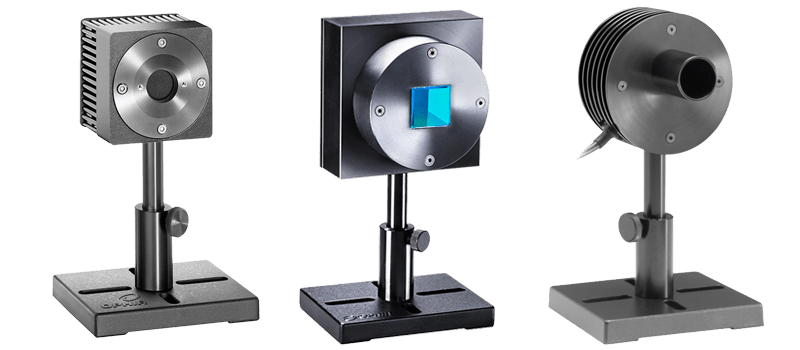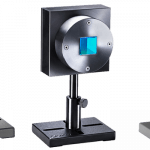The 3A family of laser power sensors is one of our most popular – and for good reason.
You might already know the basic points:
It’s very sensitive (down to 10 μW), yet comes with all the benefits of a thermal-based sensor: high damage threshold and spectrally flat across a very wide spectral range.
What you might not know is that there are several other variations of the 3A sensor:
3A-P for Short Pulses
The 3A-P is like the 3A, but with the P type volume absorber that compromises the damage threshold for CW radiation in favor of a high damage threshold for short pulses: 1 J/cm2 even for ns pulses.
3A-P-THz for Terahertz Sources
The 3A-P-THz is the same as the 3A-P but with a special calibration for Terahertz: the sensor is calibrated between 300 GHz and 10 THz. In fact, a modified version of this sensor was used by PTB to form a standard THz sensor.
3A-PF-12 (NEW) for Pulsed UV
Similar to the 3A-P, but the PF coating has a higher damage threshold for short pulses in the ultraviolet realm. Its spectral range is also wider, if less flat, than P-type coatings.
3A-FS for Extra Sensitivity
The fused-silica window in this version prevents air currents from causing any thermal drift. This eliminates air currents and keeps out infrared radiation to lower background noise. The window is only for wavelengths up to 2.2 μm. Above that, the window can be removed and used like a regular 3A sensor up to 20 μm.
3A-P-FS-12 for Diverging Beams
This version comes without a snout to allow divergent beams to be measured up-close. The fused-silica window in this version is not removable, and so IR beams past 2.1 μm can’t be measured.
At Ophir, we’re constantly second-guessing ourselves to try to find the weaknesses in our sensors and plug them up – either by improving the sensor, or creating a new one to fill the gap.
Is your laser in a gap? Can’t seem to find a sensor that matches your needs?
Put it in the comments. I’ll personally help you find one – and if I can’t, I’ll talk to our CTO about creating a new sensor.








Leave a Reply
Your email address will not be published. Required fields are marked *